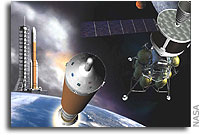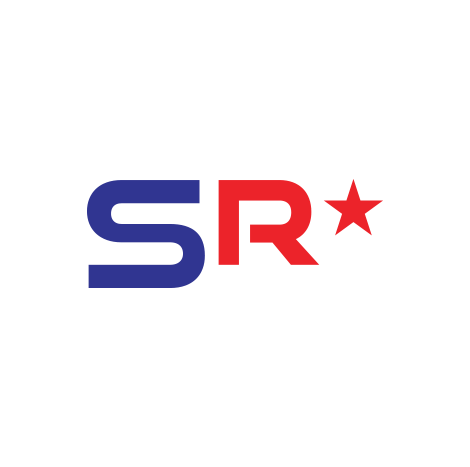NASA ESAS Final Report November 2005: Section 14.0 Architecture Roadmap

 Editor’s note: DOWNLOAD THIS SECTION (PDF)
Editor’s note: DOWNLOAD THIS SECTION (PDF)
Editor’s note: several days ago we posted a final (October 2005) draft of this report. We have since come across a complete copy of the final version of the report (November 2005) which has recently been approved by NASA Administrator Michael Griffin. In order to present the most accurate version of this report, we have removed the draft version and replaced it with the final version of the report. NASA is expected to publicly release this report in early January 2006.
14. Architecture Roadmap
As outlined previously, the Exploration Systems Architecture Study (ESAS) team developed a time-phased, evolutionary architecture approach to return humans to the Moon, to service the International Space Station (ISS) after Space Shuttle retirement, and to eventually transport humans to Mars. The individual elements were integrated into overall Integrated Master Schedules (IMSs) and detailed, multi-year integrated Life Cycle Costs (LCCs) and budgets. These detailed results are provided in Section 11, Integrated Master Schedule, and Section 12, Cost. A top-level roadmap for ESAS architecture implementation is provided in Figure 14-1.
Table of Contents
This large 50 MB PDF report has been subdivided into 17 PDF files – one for each of the report’s 17 sections. Click on the link at the top of each section to visit a summary page and to download that section.
Editor’s note: several days ago we posted a final (October 2005) draft of this report. We have since come across a complete copy of the final version of the report (November 2005) which has recently been approved by NASA Administrator Michael Griffin. In order to present the most accurate version of this report, we have removed the draft version and replaced it with the final version of the report. NASA is expected to publicly release this report in early January 2006.
- 1. Executive Summary
- 2. Introduction
- 3. Ground Rules and Assumptions
- 4. Lunar Architecture
- 5. Crew Exploration Vehicle
- 6. Launch Vehicles and Earth Departure Stages
- 7. Operations
- 8. Risk and Reliability
- 9. Technology Assessment
- 10. Test and Evaluation
- 11. Integrated Master Schedule
- 12. Cost
- 13. Summary and Recommendations
- 14. Architecture Roadmap
- 15. Architecture Advantages
- 16. ESAS Core Team Members
- 17. Acronyms and Abbreviations








